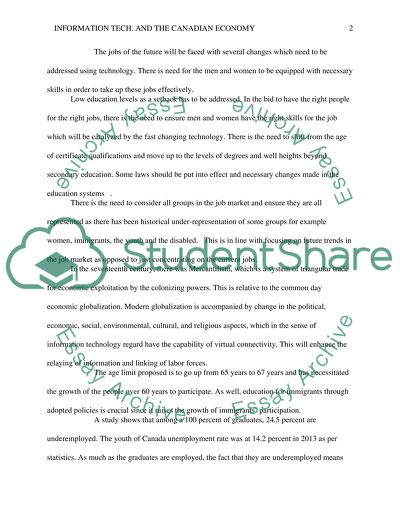Cite this document
(“Information Tech. and the Canadian Economy Essay - 1”, n.d.)
Information Tech. and the Canadian Economy Essay - 1. Retrieved from https://studentshare.org/macro-microeconomics/1688086-information-tech-and-the-canadian-economy
Information Tech. and the Canadian Economy Essay - 1. Retrieved from https://studentshare.org/macro-microeconomics/1688086-information-tech-and-the-canadian-economy
(Information Tech. And the Canadian Economy Essay - 1)
Information Tech. And the Canadian Economy Essay - 1. https://studentshare.org/macro-microeconomics/1688086-information-tech-and-the-canadian-economy.
Information Tech. And the Canadian Economy Essay - 1. https://studentshare.org/macro-microeconomics/1688086-information-tech-and-the-canadian-economy.
“Information Tech. And the Canadian Economy Essay - 1”, n.d. https://studentshare.org/macro-microeconomics/1688086-information-tech-and-the-canadian-economy.


